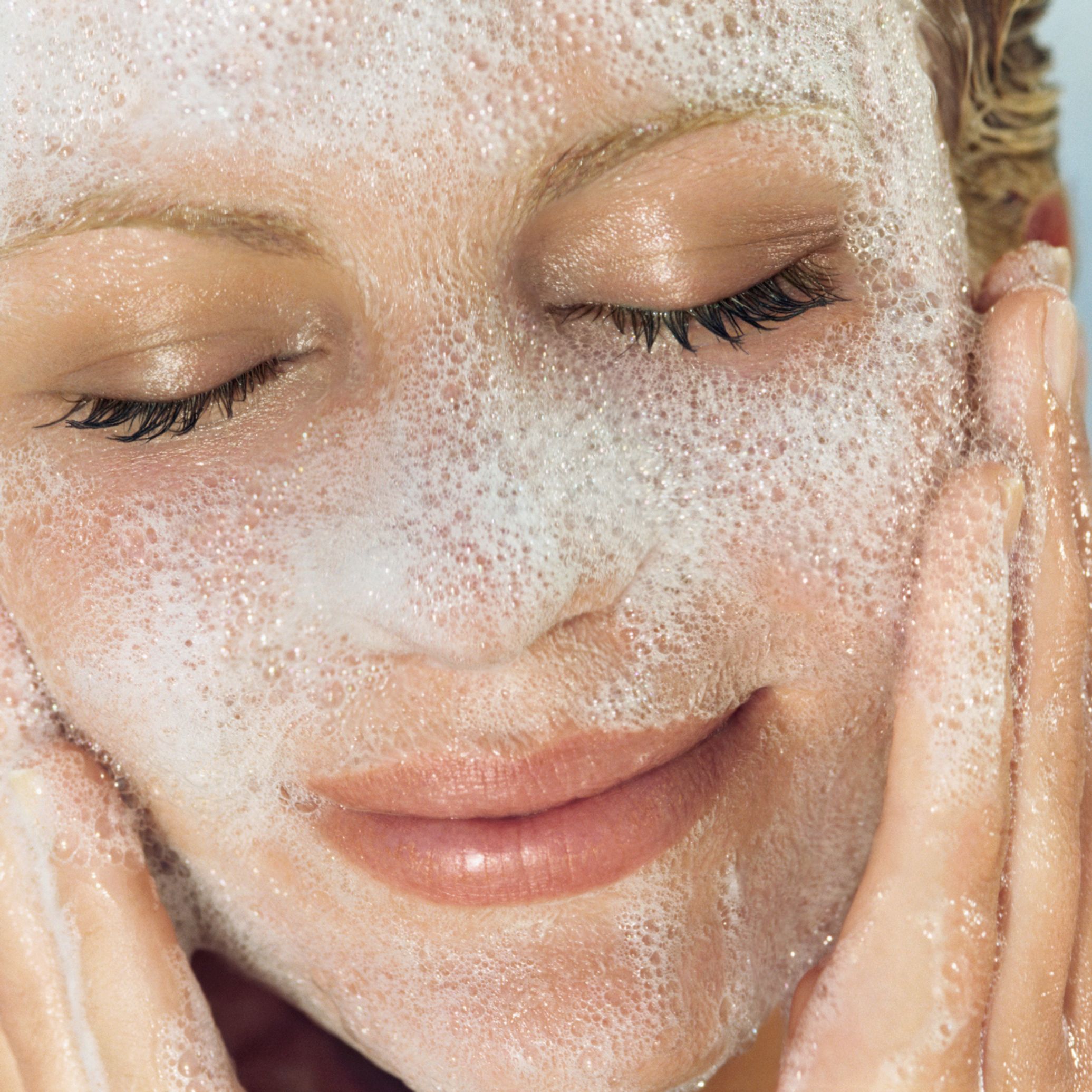
Using camel milk is not very glamorous in cosmetics, I admit. While donkey's milk has entered the world of cosmetology for quite some time, camel's milk is making its entrance discreetly.
However, its use dates back to antiquity: Mesopotamia and ancient Egypt saw their queens make it a real treatment ritual for the face and body. Egyptian and Berber women owe it their astonishing softness of skin and a radiant complexion.
Today, its benefits for the skin are numerous and recognized throughout the world.
In April 2020, a study entitled “Handbook of research on Health and Environmental Benefits of Camel Products” was published, which is a magnificent work bringing together several works by scientists from around the world (Jordan, France, India, Oman, England, Tunisia, Ethiopia, Mongolia, Indonesia, Kenya, Kazakhstan, Malaysia, Egypt, Sudan) (1) .
In this work, Dr Rajesh Datt Mehta (Department of Dermatology, Venereology and Leprosy, SP Medical College, India) highlights the value of camel milk for skin care. We learn that camel milk, due to its composition, can be used as a photoprotective care , moisturizing , anti-wrinkle and anti-aging .
Camel milk soaps: why are you going to adopt it?
• Camel milk contains unsaturated fatty acids , sterol and lanolin which are quickly absorbed into the skin . These elements give it Moisturizing, Anti-inflammatory and Protective properties.
• The proteins present in camel milk form bioactive anti-oxidant peptides which stimulate the production of collagen and thus prevent skin thinning and wrinkles. The amino acids contained in this milk boost tissue repair and slow down their aging . These proteins are very low allergenic (unlike cow's milk proteins). Allergic accidents following contact with the eyes or mucous membranes are therefore very rare, unlike what can be observed with other cosmetics.
• Camel milk is rich in vitamins: vitamin A , Vitamin E and the vitamin C; These vitamins constitute 3 natural anti-oxidants which have an anti-wrinkle effect on the skin: Vitamin C is 3 to 7 times more concentrated than in cow's milk.
Sources
(1) Handbook of Research on Health and Environmental Benefits of Camel Products, April 2020, IGI Global, Omar Alhaj, Bernard Faye, RP Agrawal